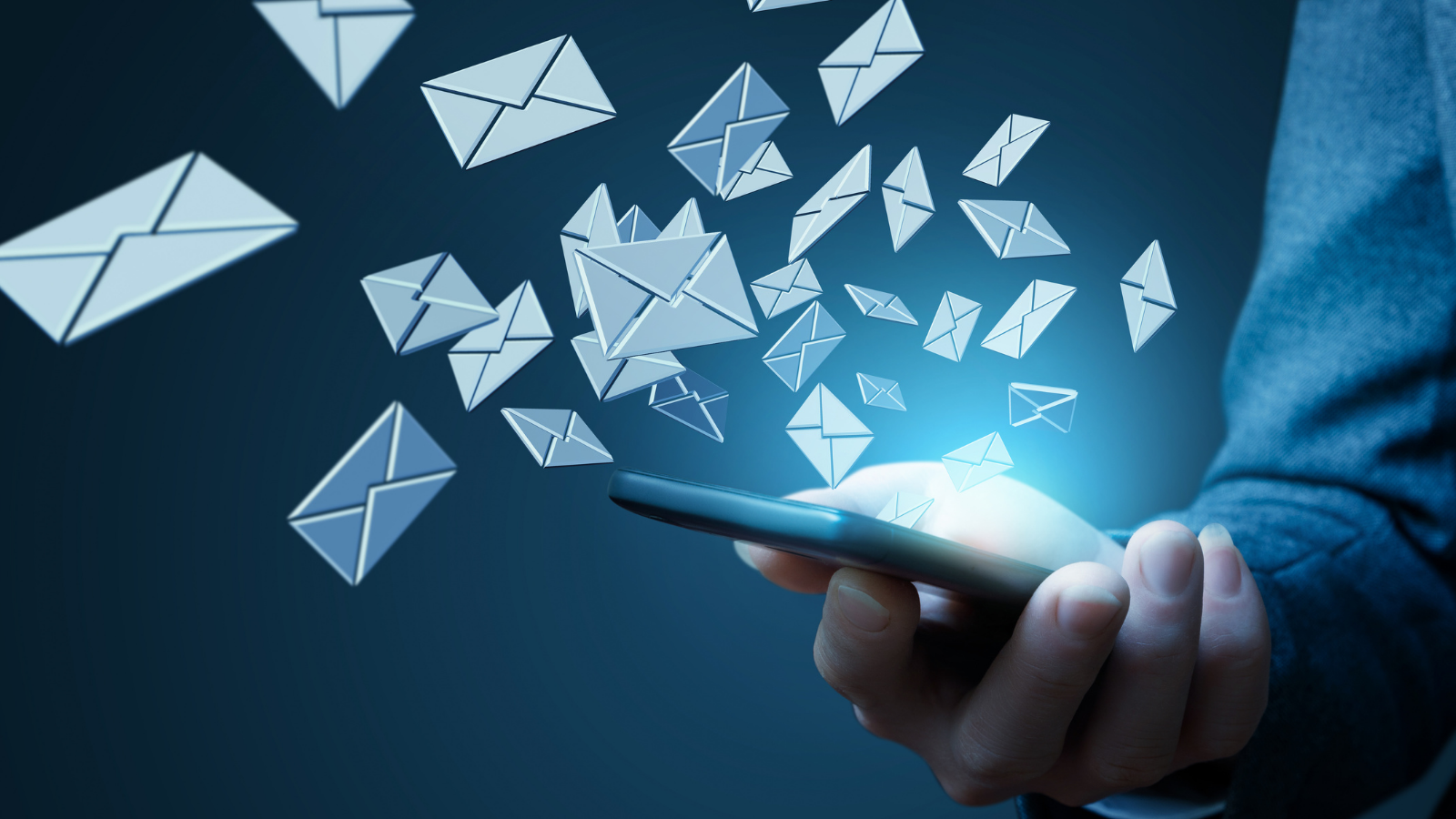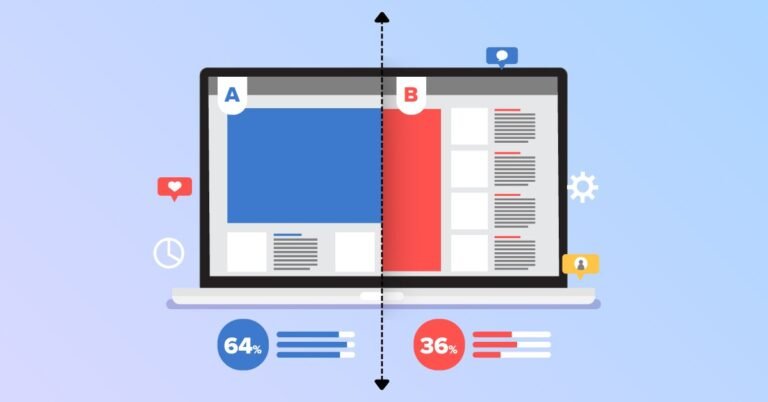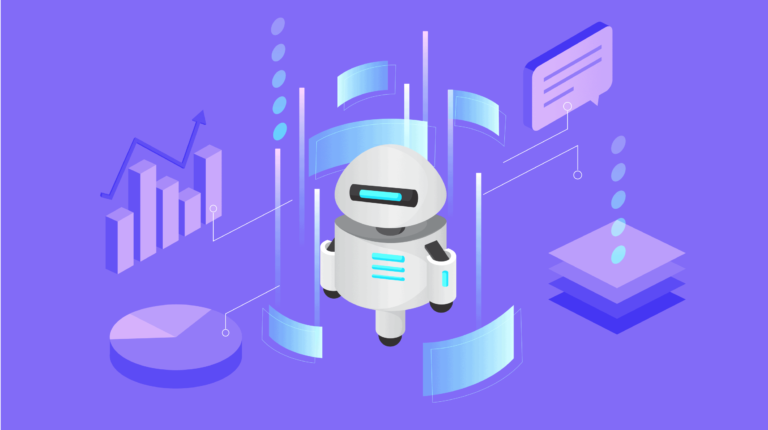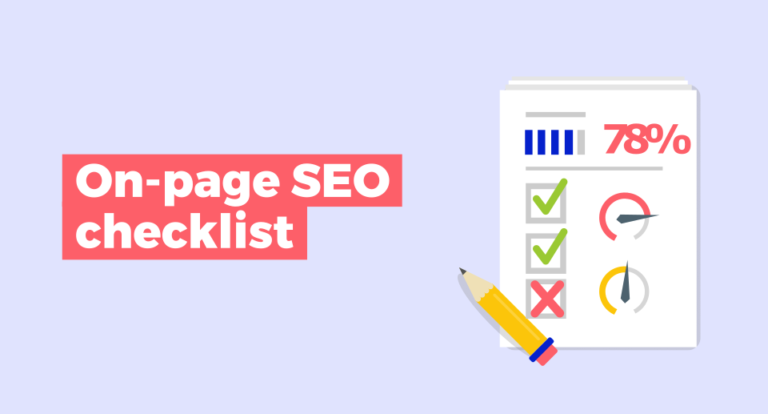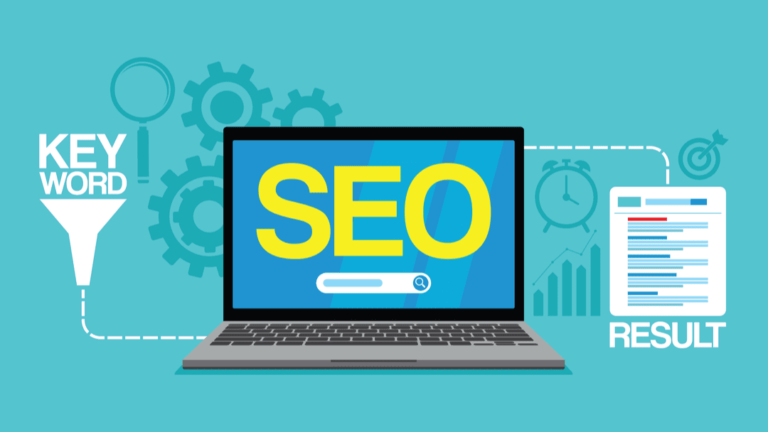How Can Email Marketing Fuel Your Overall Inbound Strategy?
In the ever-evolving landscape of digital marketing, businesses are constantly exploring effective ways to attract, engage, and retain customers. One of the most powerful tools at their disposal is email marketing. Often underrated in favor of flashier, newer channels, email marketing remains a cornerstone of a robust inbound strategy. But how can email marketing fuel your overall inbound strategy? Let’s dive in.
Email marketing serves as a direct line of communication to your audience, offering a personalized touch that’s often missing in other forms of digital marketing. When used strategically, email marketing doesn’t just support your inbound strategy—it can fuel it, driving engagement, nurturing leads, and converting prospects into loyal customers.
In this article, we’ll explore the myriad ways in which email marketing can enhance your inbound strategy, from building strong customer relationships to providing valuable insights through data. Get ready to uncover the secrets of leveraging email marketing to its fullest potential, ensuring your inbound strategy not only survives but thrives in a competitive market.

Table of Contents
Understanding Inbound Marketing
Inbound marketing is a customer-centric approach focused on attracting, engaging, and delighting customers through valuable content and experiences tailored to their needs and interests. Unlike traditional marketing methods that push messages out to a broad audience, inbound marketing draws potential customers in by providing relevant and helpful content that addresses their pain points and interests.
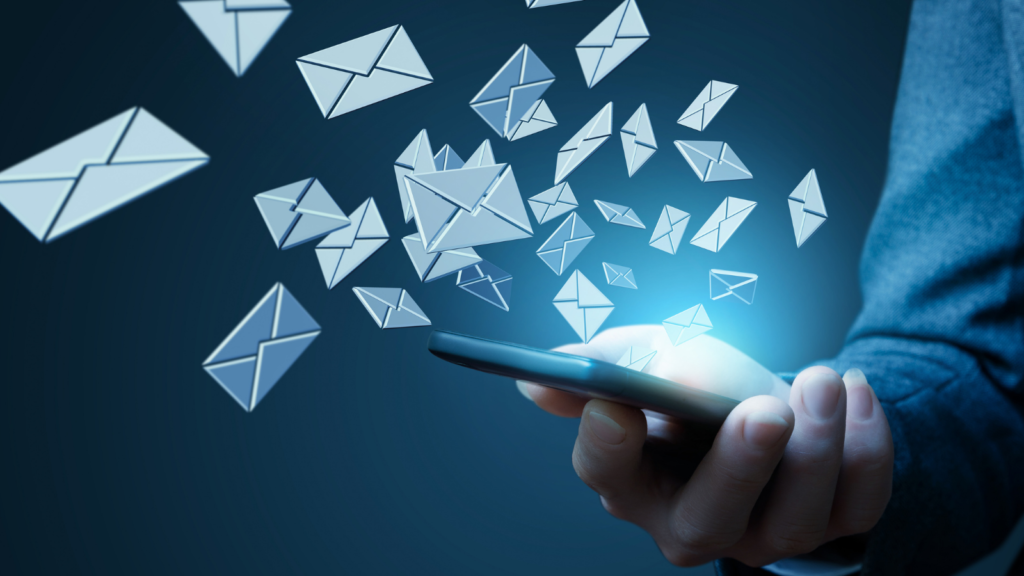
Core Principles of Inbound Marketing
- Attract: The first step in inbound marketing is attracting the right audience. This involves creating and sharing valuable content, such as blog posts, social media updates, and infographics, that resonate with your target audience. The goal is to draw visitors to your website and other online platforms where they can learn more about your brand and offerings.
- Engage: Once you have attracted visitors, the next step is to engage them by providing insights and solutions that align with their needs. This can be achieved through personalized email campaigns, interactive content, and social media interactions. The aim is to build trust and establish your brand as an authority in your industry.
- Delight: The final principle of inbound marketing is delighting your customers by exceeding their expectations and providing exceptional value. This can involve personalized follow-ups, exclusive offers, and outstanding customer service. Delighting customers turns them into loyal advocates who are likely to refer your business to others, creating a cycle of continuous growth.
Inbound marketing relies heavily on understanding your audience and delivering content that speaks directly to them. By doing so, you create a magnetic effect that naturally attracts potential customers, engages them through meaningful interactions, and delights them with exceptional experiences. Email marketing, when integrated into this framework, can significantly enhance each stage of the inbound process, driving sustained growth and success for your business.
Your Inbound Strategy and How Email Marketing Fits In
Email marketing seamlessly integrates into an inbound strategy by serving as a direct and personalized channel to engage with your audience. When someone subscribes to your email list, they are showing a clear interest in your content or products, making them a warm lead ripe for nurturing.

By delivering tailored content, special offers, and valuable insights directly to their inbox, you can keep your audience engaged and move them through the buyer’s journey more effectively. Email marketing helps maintain ongoing communication, builds trust, and keeps your brand top-of-mind, all of which are essential components of a successful inbound strategy. Whether it’s through welcoming new subscribers, nurturing leads with targeted content, or delighting customers with exclusive updates, email marketing fuels your inbound efforts by creating meaningful and lasting connections with your audience.
The Different Stages of the Inbound Marketing Funnel
The inbound marketing funnel consists of three main stages: Awareness, Consideration, and Decision. Each stage represents a different phase in the buyer’s journey and requires tailored strategies to effectively engage potential customers.
- Awareness Stage: This is the top of the funnel where potential customers realize they have a problem or need. They are searching for information and solutions, but are not yet ready to make a purchase. The goal here is to attract attention and provide valuable content that educates and informs.
- Consideration Stage: In the middle of the funnel, potential customers have clearly defined their problem and are actively researching and comparing solutions. They are considering different options and looking for more in-depth information to help them make an informed decision.
- Decision Stage: At the bottom of the funnel, potential customers are ready to make a purchase decision. They have narrowed down their options and are looking for final reassurances and compelling reasons to choose a specific product or service.
The Role of Email Marketing in Each Stage
Awareness Stage: Email marketing in this stage focuses on introducing your brand and providing valuable educational content. By sending out newsletters, blog updates, and informational emails, you can establish your authority and keep your audience informed about topics that matter to them.
Consideration Stage: During the consideration stage, email marketing can nurture leads by offering more detailed content such as case studies, eBooks, and webinars. Personalized email campaigns can highlight the benefits of your solutions and address common questions or concerns, helping potential customers move closer to a decision.
Decision Stage: In the decision stage, email marketing aims to convert leads into customers. This can be achieved through targeted offers, product demos, testimonials, and clear calls to action. Sending personalized follow-up emails and exclusive deals can tip the scales in your favor, making it easier for prospects to choose your product or service.
Examples of How Email Marketing Can Support Each Stage
Awareness Stage:
- Welcome Emails: When someone subscribes to your newsletter, send a welcome email series that introduces your brand and shares top-performing blog posts or resources.
- Educational Content: Share articles, how-to guides, and infographics that address common pain points and provide valuable insights.
Consideration Stage:
- Nurturing Campaigns: Create email sequences that send out targeted content based on the subscriber’s interests and behavior, such as whitepapers, comparison guides, and success stories.
- Webinar Invitations: Invite leads to webinars where they can learn more about your solutions and ask questions in real-time.
Decision Stage:
- Product Demos and Trials: Offer free trials or product demos via email to give leads a hands-on experience with your product.
- Customer Testimonials and Reviews: Share success stories and testimonials from satisfied customers to build trust and provide social proof.
- Special Offers: Send exclusive discounts or limited-time offers to encourage prompt action and conversion.
How to Integrate Email Marketing with Other Inbound Strategies
Integrating email marketing with other inbound strategies involves creating a cohesive and multi-channel approach that enhances your overall marketing efforts. By aligning your email campaigns with your content marketing, social media, and SEO efforts, you can ensure a consistent message and experience for your audience. For instance, use email to promote new blog posts, share social media highlights, or announce webinars and events.
This not only drives traffic to your other channels but also reinforces your brand’s presence across multiple touchpoints. Additionally, leveraging data from email marketing can provide insights to refine your content and social strategies, creating a more synchronized and effective inbound marketing ecosystem.
The Role of Email Marketing in Content Marketing
Email marketing is a powerful tool for amplifying your content marketing efforts. By using email newsletters and campaigns, you can directly deliver your valuable content to subscribers who have already expressed interest in your brand. This not only increases the reach of your content but also drives more traffic to your blog or website.
Additionally, email marketing allows for personalized content delivery, ensuring that your audience receives the most relevant and engaging information based on their preferences and behavior. This targeted approach helps nurture leads and keeps your audience engaged with your brand’s content on a regular basis.

The Role of Email Marketing in Social Media Marketing
Email marketing and social media marketing complement each other beautifully, creating a synergistic effect that enhances overall engagement. You can use email marketing to promote your social media channels, encouraging subscribers to follow and interact with your brand on platforms like Facebook, Twitter, and Instagram.
Conversely, social media can be used to grow your email list by offering exclusive content or incentives for signing up. Additionally, integrating social sharing buttons in your emails makes it easy for subscribers to share your content with their networks, expanding your reach and driving more traffic to your social media profiles.

Combining Email Marketing with Search Engine Optimization
Integrating email marketing with SEO strategies can significantly boost your online visibility and drive more organic traffic to your website. By promoting your SEO-optimized content through email newsletters, you can increase the chances of your content being shared and linked to, which in turn improves its search engine ranking.
Moreover, email marketing campaigns can drive consistent traffic to your site, signaling to search engines that your content is valuable and relevant. Collecting feedback from email subscribers can also provide insights into keyword preferences and content topics that resonate with your audience, helping you refine your SEO strategy further.

Email Marketing and Your Inbound Strategy
Email marketing plays a pivotal role in the overall inbound strategy by serving as a direct and personalized communication channel with your audience. It supports and enhances other inbound tactics like content marketing, social media marketing, and SEO by ensuring your message reaches the right people at the right time.
Email marketing helps nurture leads through the buyer’s journey, from initial awareness to final decision, by delivering tailored content and offers. By maintaining ongoing engagement with your subscribers, email marketing helps build lasting relationships, turning prospects into loyal customers and advocates for your brand. In essence, email marketing is the glue that holds your inbound strategy together, ensuring all components work harmoniously to drive growth and success.

Newsletter Sign-Ups
Get Marketing Insights Like This Delivered Straight to Your Inbox
Stay ahead of the curve with our latest tips, trends, and strategies.
👉 Sign Up Now
Join Network of Freelance Marketers
Join Our Network of Top Freelance Marketers
Connect with like-minded professionals and elevate your career.
👉 Join the Network
Hire Freelance Marketers
Hire the World’s Best Freelance Marketers
Find the perfect talent to take your projects to the next level.
👉 Hire Now
Evaluating Email Marketing’s Impact on Your Buying Journey
Understanding the effectiveness of your email marketing efforts is crucial for optimizing your overall inbound strategy. Also learning more about what to consider when starting an email marketing on your business can impact the way you do it.Here are three methods to evaluate the impact of email marketing on your customer’s buying journey:

1. Comprehensive Traffic Analysis
Analyzing the traffic generated by your email marketing campaigns provides valuable insights into how these efforts are driving visitors to your website. Use tools like Google Analytics to track the number of visitors coming from your email campaigns, the pages they visit, and the actions they take. Look for metrics such as click-through rates (CTR), bounce rates, and time spent on site to gauge engagement and interest. This analysis helps you understand which emails are most effective at attracting and retaining visitor attention, allowing you to refine your strategies for better results.
2. Channel Performance Breakdown
To get a clearer picture of how email marketing stacks up against other marketing channels, conduct a channel performance breakdown. Compare key metrics such as conversion rates, lead generation, and revenue generated from email marketing with those from social media, organic search, and paid advertising. This comparison helps you identify the strengths and weaknesses of each channel, providing insights into where email marketing excels and where it might need improvement. By understanding the relative performance of each channel, you can allocate resources more effectively and optimize your overall marketing mix.
3. Understanding Email Marketing Influence
Assessing the influence of email marketing on the buying journey involves looking beyond immediate metrics to understand its role in the broader customer experience. Use attribution models to determine how email marketing contributes to conversions, whether it’s through direct purchases, assisting other channels, or nurturing leads over time.
Analyze customer touchpoints and interactions to see how email marketing supports the buyer’s journey at different stages, from awareness to decision. Customer surveys and feedback can also provide qualitative insights into how your emails impact their buying decisions and overall perception of your brand. By understanding the nuanced ways in which email marketing influences the buying journey, you can tailor your strategies to enhance its effectiveness.
Conclusion
Integrating email marketing into your inbound strategy is not just a good idea—it’s essential. Email marketing provides a direct and personalized way to engage with your audience, driving traffic, nurturing leads, and converting prospects into loyal customers. By aligning your email marketing efforts with your content, social media, and SEO strategies, you can create a cohesive and powerful inbound marketing ecosystem that fuels your business growth.
Recap of Key Points
- Understanding Inbound Marketing: Inbound marketing focuses on attracting, engaging, and delighting customers through valuable content and experiences.
- Email Marketing’s Role: Email marketing integrates seamlessly into an inbound strategy, enhancing each stage of the marketing funnel—from awareness to decision.
- Supporting Content Marketing: Email marketing amplifies content efforts by delivering tailored content directly to your audience.
- Enhancing Social Media: Email marketing complements social media strategies by promoting channels and encouraging engagement.
- Boosting SEO: Integrating email marketing with SEO drives traffic and improves search engine rankings.
- Evaluating Impact: Comprehensive traffic analysis, channel performance breakdown, and understanding email marketing’s influence help assess its effectiveness.
Next Steps for Implementing Email Marketing
- Build a Strong Email List: Start by collecting email addresses through various channels, ensuring you have a solid base of interested subscribers.
- Segment Your Audience: Divide your email list into segments based on behavior, interests, and demographics to deliver more personalized content.
- Create Valuable Content: Develop engaging and relevant content tailored to each stage of the buyer’s journey, from educational blog posts to compelling offers.
- Automate Email Campaigns: Use email marketing automation tools to send timely and personalized emails, such as welcome series, nurturing sequences, and follow-ups.
- Analyze and Optimize: Regularly review your email marketing metrics to understand what’s working and what needs improvement. Adjust your strategies based on data-driven insights.
By following these steps, you can effectively integrate email marketing into your inbound strategy, enhancing your overall marketing efforts and driving sustained business growth. Start leveraging the power of email marketing today and see the difference it can make in your inbound strategy.

